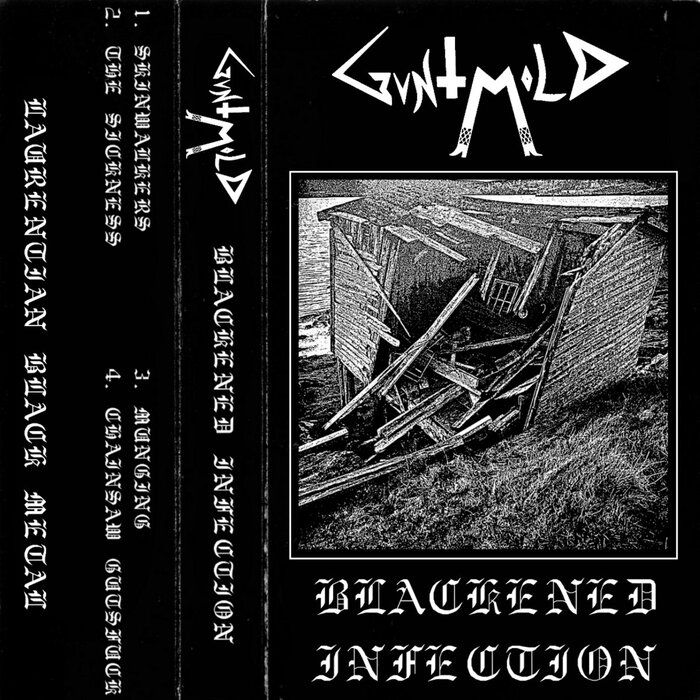Ocinn “Nebelgeister” (Full-Lenght 2025)
- rottenpages
- 14 nov
- 3 Min. de lectura

Just reading the name Ocinn gives me goosebumps. Every single one of Nico's releases has one thing in common: quality, and top-notch quality at that.
Nebelgeister is the German pianist's latest release, one that was highly anticipated due to the atmosphere she typically creates with her instrumentals, which are steeped in darkness, melancholy, and melody. This album consists of seven tracks that challenge what Ocinn has accustomed us to. It begins with Ich eile una Nichts, a track of just over four minutes that, unlike her usual material, features a whispering female voice, along with the accompaniment of a viola and violin in certain sections around the middle, creating a more mystical, if not mysterious, atmosphere, serving as a perfect opening.
Following this initial impression comes Nebel II, a track whose continuous repetition of a chord over three minutes, accompanied by subtle variations in accompaniment, creates a kind of constant presence. It's like a shadow we can't escape, its presence undeniable, so that no matter how much we try to ignore it in our daily routines, pretending it's not there, it remains ever-present within us. It is precisely this contrast between consistency and fleeting bursts of arrangement that lends it a unique beauty.
Nebel III is the third track on Nebelgeister. Ocinn's characteristic dark melancholy shines in this composition, which begins with a kind of adagio that draws you into an intimate, mysterious, and suspenseful ritual. Throughout its six minutes, you'll find noticeable shifts that tell a story instrumentally, one that's hard to escape, one that grips you and engulfs you in its essence, leaving you unwilling to let go.
Next comes Nebel IV, beautiful and subtle. You feel each piano phrase whisper to you. Simply closing your eyes is enough to merge with this wordless yet richly evocative story. It shares a similar characteristic with Nebel II in its recurring chords, but in this case, the chords aren't constant; instead, they serve as a threshold, opening the way to the passages that follow. This composition, at over ten minutes long, is the longest on the album.
Nebel V welcomes us with more hopeful chords at the beginning, suggesting a more positive, idealized atmosphere; however, the scale shifts, and with it, the emotional turn of the composition, becoming more somber shortly before the halfway point. After a chord loop characteristic of the piece, a change occurs that borders on the mythical and folkloric of that part of the world; however, I must be honest, I think the duration of the repetitions could have been shortened. In this composition, I find a greater number of rhythmic changes, which, while interesting, at times feel disjointed. This is probably the weakest track on the album.
Nebel VI, the last with this name, brings to mind, in a way, Beethoven's sonata, at least in its beginning. It becomes increasingly dense, yet possesses such a force that it speaks to you and makes you feel its presence, and along with this, its cadence accelerates, imprisoning you. This emotional rollercoaster unfolds throughout its almost six-minute duration.
As a closing track, we have Im Reich der Nebelgeister, which follows the production's initial formula, but this time it's a male voice that seems to be telling a story, accompanied by the whistling of a cold wind that appears from time to time, all set to Nico's piano—melancholic, intimate, powerful… alive.
In short, Nebelgeister is a production brimming not only with melody, but with enveloping emotions that draw you in like a siren's song, compelling you to stay. It's a somewhat different production from some of its predecessors, but like them, it leaves a mark that invites you to look at it, or listen to it—in short, to feel it and be more a part of it than it is of you.




Comentarios